Our collection database is a work in progress. We may update this record based on further research and review. Learn more about our approach to sharing our collection online.
We may update this record based on further research and review. Learn more about our approach to sharing our collection online.
If you would like to know how you can use content on this page, see the Smithsonian's Terms of Use. If you need to request an image for publication or other use, please visit Rights and Reproductions.
While Vander Haag's, Inc still holds strong to its family focused values that have been at the core of the business since first opening in 1939, the company now features 9 Midwest locations selling quality used/rebuilt/new truck parts, selling commercial trucks & trailers, and providing full service heavy duty truck repair.
43.178044
-95.155024
Vander Haag's, Inc - Spencer
Our Spencer location has over forty acres of part and vehicle storage with over 100,000 sq.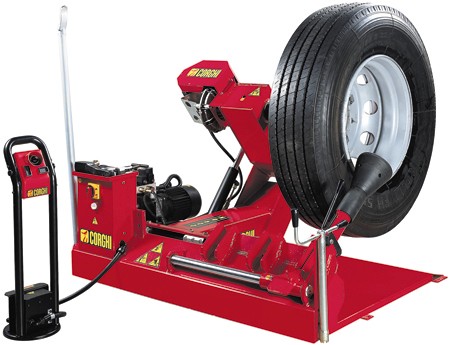 feet of storage under its roof. It has a mechanical & body shop of over 21,000 square feet, complete equipment and parts installation facilities, complete body & frame repair, and a used truck sales office. It has online access to all inventory at Vander Haag's and has online parts and used truck locating services. The Spencer location is also where the Vander Haag's Corporate Headquarters are.
Vander Haag's, Inc - Spencer
3809 4th Ave W
51301
United States
41.640436
-93.584249
Vander Haag's, Inc - Des Moines
Our Des Moines location is home to the largest VanderHaag's showroom, and has a storage and shop area over 20,000 sq feet. It has complete frame alterations and equipment installations, complete engine rebuilding and installation ,power steering rebuilding and installation, transmission and rear end rebuilding and installation performed by the best component rebuilder in Iowa, drive shaft modification and fabrication.
feet of storage under its roof. It has a mechanical & body shop of over 21,000 square feet, complete equipment and parts installation facilities, complete body & frame repair, and a used truck sales office. It has online access to all inventory at Vander Haag's and has online parts and used truck locating services. The Spencer location is also where the Vander Haag's Corporate Headquarters are.
Vander Haag's, Inc - Spencer
3809 4th Ave W
51301
United States
41.640436
-93.584249
Vander Haag's, Inc - Des Moines
Our Des Moines location is home to the largest VanderHaag's showroom, and has a storage and shop area over 20,000 sq feet. It has complete frame alterations and equipment installations, complete engine rebuilding and installation ,power steering rebuilding and installation, transmission and rear end rebuilding and installation performed by the best component rebuilder in Iowa, drive shaft modification and fabrication. The Des Moines Location has over 15 acres of salvage unit parts storage, a used truck sales office, and has access to over 250 used trucks in the Vander Haag's used truck inventory. It has online access to all inventory at Vander Haag's and online parts and used truck locating services.
Vander Haag's, Inc - Des Moines
4444 Delaware Ave
50313
United States
43.594099
-96.709450
Vander Haag's, Inc - Sioux Falls
Our Sioux Falls location has been around since 1992 when Vander Haag's purchased an existing salvage operation. It has over 50,000 sq. ft. of storage and service facilities with over 30 acres of salvage units and parts storage. Over the years, our Sioux Falls location has expanded significantly.
The Des Moines Location has over 15 acres of salvage unit parts storage, a used truck sales office, and has access to over 250 used trucks in the Vander Haag's used truck inventory. It has online access to all inventory at Vander Haag's and online parts and used truck locating services.
Vander Haag's, Inc - Des Moines
4444 Delaware Ave
50313
United States
43.594099
-96.709450
Vander Haag's, Inc - Sioux Falls
Our Sioux Falls location has been around since 1992 when Vander Haag's purchased an existing salvage operation. It has over 50,000 sq. ft. of storage and service facilities with over 30 acres of salvage units and parts storage. Over the years, our Sioux Falls location has expanded significantly. In 1998, we added a Truck & Trailer Sales lot located off Cliff Avenue that is now home to over 200 used trucks, trailers and equipment. In 2020, we will be moving our reman division to a larger 8000 sq. ft. facility. Vander Haag's website offers an easy-to-find parts search with online check-out. We ship nationwide! The website also offers a used truck locating service to help you find a truck that fits your needs and budget. Our team is ready to assist you!
Vander Haag's, Inc - Sioux Falls
1423 E 54th St N
57104
United States
41.158006
-95.826804
Vander Haag's, Inc - Council Bluffs
Our Council Bluffs location has over 80 acres for trucks and parts, and 31,000 square feet of showroom and shop area.
In 1998, we added a Truck & Trailer Sales lot located off Cliff Avenue that is now home to over 200 used trucks, trailers and equipment. In 2020, we will be moving our reman division to a larger 8000 sq. ft. facility. Vander Haag's website offers an easy-to-find parts search with online check-out. We ship nationwide! The website also offers a used truck locating service to help you find a truck that fits your needs and budget. Our team is ready to assist you!
Vander Haag's, Inc - Sioux Falls
1423 E 54th St N
57104
United States
41.158006
-95.826804
Vander Haag's, Inc - Council Bluffs
Our Council Bluffs location has over 80 acres for trucks and parts, and 31,000 square feet of showroom and shop area. Its used truck parts and service facility is just 6 miles south of Council Bluffs on Interstate 29. Some of the services it offers are frame modification and alterations, equipment installation, part installation and service work, as well as paint and body repair. It offers truck, trailer, and equipment sales, online parts locating services, and has all inventory online at Vander Haag's.
Vander Haag's, Inc - Council Bluffs
50200 189th St
51503
United States
39.065417
-94.498172
Vander Haag's, Inc - Kansas City
Our Kansas city location has over 57,500 square feet of parts and service facilities. It offers frame modifications and alterations, equipment installation, and a complete repair facility.
Its used truck parts and service facility is just 6 miles south of Council Bluffs on Interstate 29. Some of the services it offers are frame modification and alterations, equipment installation, part installation and service work, as well as paint and body repair. It offers truck, trailer, and equipment sales, online parts locating services, and has all inventory online at Vander Haag's.
Vander Haag's, Inc - Council Bluffs
50200 189th St
51503
United States
39.065417
-94.498172
Vander Haag's, Inc - Kansas City
Our Kansas city location has over 57,500 square feet of parts and service facilities. It offers frame modifications and alterations, equipment installation, and a complete repair facility. It houses new, rebuilt, and used truck parts, as well as providing truck, trailer, and equipment sales. It is conveniently located off Interstate 435 and Interstate 70. The Kansas City location also offers online access to all inventory at Vander Haag's.
Vander Haag's, Inc - Kansas City
7501 E US Hwy 40
64129
United States
41.033283
-86.596167
Vander Haag's, Inc - Winamac
Our Winamac location has over 80,000 square feet of parts and service facilities with over 80 acres of salvage units and parts storage. Come check out our completely remodeled 4000+ square feet parts showroom and sales counter area! We offer truck, trailer, and equipment sales, as well as new, rebuilt and used truck parts.
It houses new, rebuilt, and used truck parts, as well as providing truck, trailer, and equipment sales. It is conveniently located off Interstate 435 and Interstate 70. The Kansas City location also offers online access to all inventory at Vander Haag's.
Vander Haag's, Inc - Kansas City
7501 E US Hwy 40
64129
United States
41.033283
-86.596167
Vander Haag's, Inc - Winamac
Our Winamac location has over 80,000 square feet of parts and service facilities with over 80 acres of salvage units and parts storage. Come check out our completely remodeled 4000+ square feet parts showroom and sales counter area! We offer truck, trailer, and equipment sales, as well as new, rebuilt and used truck parts.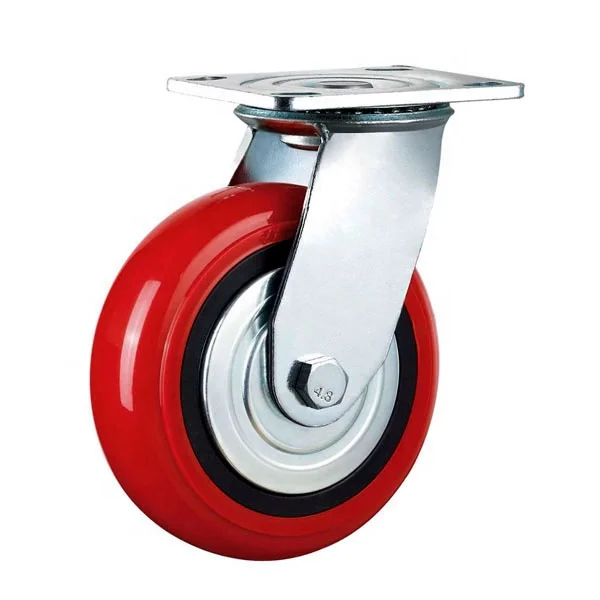 All trucks are inventoried inside to improve the quality and condition of our parts. We service heavy trucks as well, and recently added two new service shop bays to our four existing bays. From complete engine overhauls, frame modifications and equipment intalls to typical maintenance, our bays are ready for your business! Vander Haag's website offers an easy-to-find parts search with online check-out. We ship nationwide!
Vander Haag's, Inc - Winamac
495 E 150th S
46996
United States
39.740696
-86.255676
Vander Haag's, Inc - Indianapolis
Situated just northeast of I-465 and I-70 in West Indianapolis, we are stocked with a large inventory of Used, Rebuilt, and New truck parts. Combine this with our excellent product knowledge and access to our 7 other locations' inventory, our goal is to make parts available for you to get your truck operating as soon as possible.
All trucks are inventoried inside to improve the quality and condition of our parts. We service heavy trucks as well, and recently added two new service shop bays to our four existing bays. From complete engine overhauls, frame modifications and equipment intalls to typical maintenance, our bays are ready for your business! Vander Haag's website offers an easy-to-find parts search with online check-out. We ship nationwide!
Vander Haag's, Inc - Winamac
495 E 150th S
46996
United States
39.740696
-86.255676
Vander Haag's, Inc - Indianapolis
Situated just northeast of I-465 and I-70 in West Indianapolis, we are stocked with a large inventory of Used, Rebuilt, and New truck parts. Combine this with our excellent product knowledge and access to our 7 other locations' inventory, our goal is to make parts available for you to get your truck operating as soon as possible.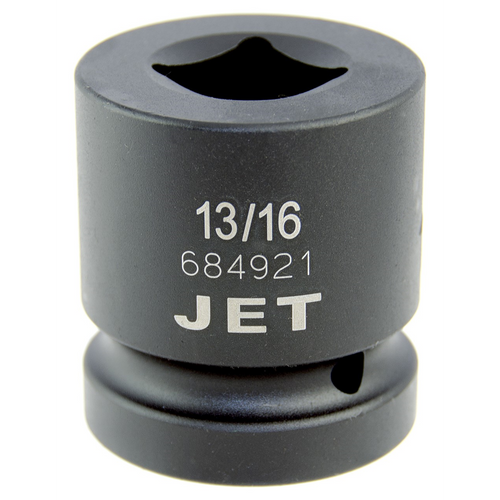 Vander Haag's, Inc - Indianapolis
1826 Executive Dr
46241
United States
39.960151
-83.366700
Vander Haag's, Inc - Columbus
We are excited to anounce our new location located in London Ohio right off of I70 (exit 79).
Vander Haag's, Inc - Columbus
1499 Highway 42 NE
43140
United States
38.176011
-85.750102
Vander Haag's, Inc - Louisville
Vander Haag's Louisville is located just south of I-264 and west of I-65, near the Muhammad Ali International Airport.
Vander Haag's, Inc - Indianapolis
1826 Executive Dr
46241
United States
39.960151
-83.366700
Vander Haag's, Inc - Columbus
We are excited to anounce our new location located in London Ohio right off of I70 (exit 79).
Vander Haag's, Inc - Columbus
1499 Highway 42 NE
43140
United States
38.176011
-85.750102
Vander Haag's, Inc - Louisville
Vander Haag's Louisville is located just south of I-264 and west of I-65, near the Muhammad Ali International Airport.![]() We offer quality used, rebuilt, and new truck parts to save you time and money. For convenience we can ship parts directly to you, or you can pick up at one of our 9 locations across the Midwest. Shop online, stop in, or call the Vander Haag's team today!
Vander Haag's, Inc - Louisville
405 Maclean Ave
40209
United States
We offer quality used, rebuilt, and new truck parts to save you time and money. For convenience we can ship parts directly to you, or you can pick up at one of our 9 locations across the Midwest. Shop online, stop in, or call the Vander Haag's team today!
Vander Haag's, Inc - Louisville
405 Maclean Ave
40209
United States
According to the Indo-Tibetan Buddhist tradition, it is generally accepted that the Buddha Siddhartha Gautama gave his teaching in "three turns of the wheel". The expression " Three Wheels of Dharma " or "Wheel of the Law with three turns" are used interchangeably.
Teachings of the Buddha, Ellora caves built under Chalukya and Rashtrakuta, post-Gupta style statue c. 700.
The first setting in motion of the Wheel of Dharma occurred at Sarnath. There he taught the four noble truths. He developed this teaching throughout his life, a teaching addressed to all. All this teaching is found with slight differences in the Pali, Chinese and Tibetan canons.
There he taught the four noble truths. He developed this teaching throughout his life, a teaching addressed to all. All this teaching is found with slight differences in the Pali, Chinese and Tibetan canons.
The second run of the Wheel of Dharma occurred at Vulture Peak near Rajagri (now Rajgir). He taught his most intelligent students the Prajnaparamita teachings which establish the doctrine of the Void. These teachings, too difficult for the people of that time, were to be revealed later. According to Buddhist tradition, they would have been preserved in the world from the Nagas and sent to the Nagarjunas in II E - III - th century. All the Prajnaparamita Sutras including the Heart Sutra and the Diamond Sutra as well as the Lotus Sutra and the Vimalakirti Sutra are attached to the second wheel. The concept of emptiness will be developed very deeply by Nagarjuna, in particular in " Root stanzas of the Middle Way" ( Prajñānāma mūla madhyamaka kārikā ).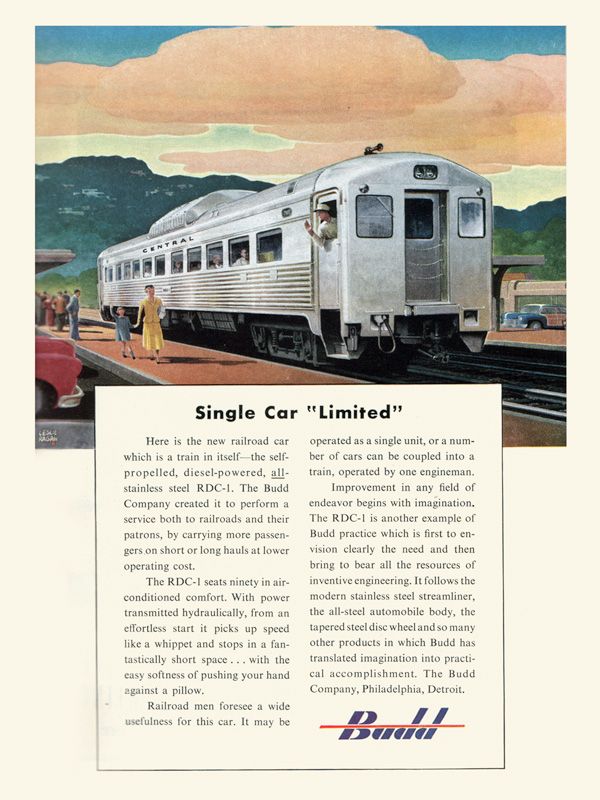
The Buddha taught the third wheel of Dharma under the "luminous aspect of spirit" at Vaishali (in Bihar), Shravasti and Mt Malaya. There he taught Alayavijnana, the three natures, and the Tathagatagarbha i.e. Buddha nature. These are, among other things, the Lankavatara Sutra (Sutra of the Entrance to Lanka), the Tathagatagarbha Sutra (Sutra Tathagatagarbha), the Maharatnakuta Sutra (in) (Amas Jewel Sutra), the Sandhinirmochana Sutra, revealing the meaning (an) (an). ) or the Avatamsaka Sutra (Sutra with flower ornaments or flower garlands). These concepts will be developed very deeply by Asangami, among other things, in ). According to tradition, the Asanga was led by the Buddha Maitreya in the divine living Tushita (in). Upon his return, Asanga wrote down in these five treatises the teaching given to him by Buddha Maitreya.
Zhìshēng (en) (zh: 智昇, fr: Zhishang) provides further analysis of the "Three Turning Wheel of the Law" in the Catalog of Sakyamuni's Teachings of the Great Tang period of the Kaiyuan period (en: Catalog of Sakyamuni's teachings on the world Tang; zh: 大唐 開元釋教錄; pinyin: Dà Táng Kāiyuán Shìjiào Lù) or simply Kaiyuan catalog (completed in 730 AD): 1- th turning the wheel: a set of teachings forward for bodhisattvas in the Avatamsaka Sutra, garland flowers Sutra ; 2- th tour: teachings of the three sutras of the chariots of the periods of Agama, Vaipulya and Wisdom for people of lower ability who are unable to comprehend the teachings Sutras of the Garland of Flowers ; 3- th turning the wheel: the teachings of the Lotus Sutra uniting the three vehicles into the One vehicle, a catalog that Kyoko Tokuno considers "a perfect synthesis of the four hundred years of development of the Chinese form [Buddhist]] Canon.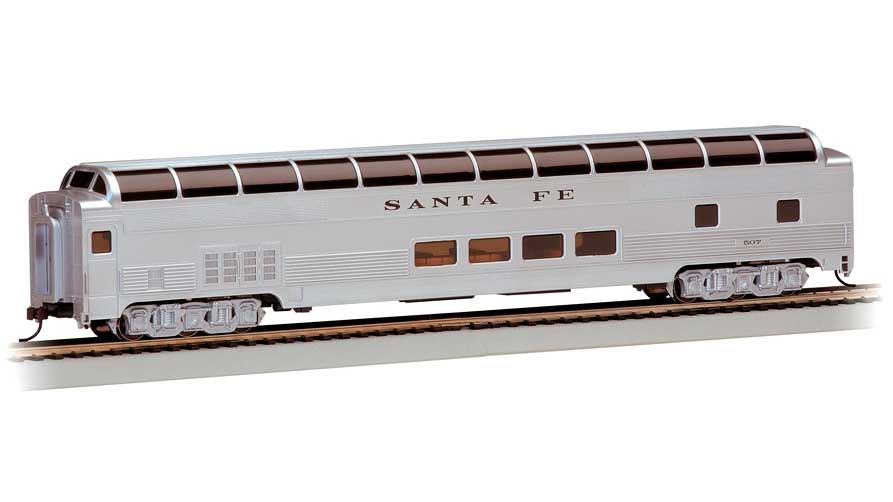 ".
".
Philippe Cornu specifies:
“Theravadin Buddhists accept only the first wheel sutras, the only ones that appear in the Pali Canon, while the Mahayana and Vajrayana followers accept them all. "
The second wheel of Dharma serves as the basis for the Madhyamaka founded by Nagarjuna, and the third for the Cittamatra founded by the two brothers Asanga and Vasubandhu. In general, it can be said that the Cittamātra school and the Madyamaka Shentong school believe that the third wheel is the final meaning and the second wheel is the temporal meaning and must be interpreted. For the rangtong school of Madhyamaka, and in particular for Tsongkhapa (1357-1419), the founder of the Gelugpa school, the opposite is true. This is the Madhyamika school of rangtong, which has largely dominated Tibet since the second most widespread lessons XI - th - XII - centuries, and especially with the coming to power of the Gelugpa in the XVII - th .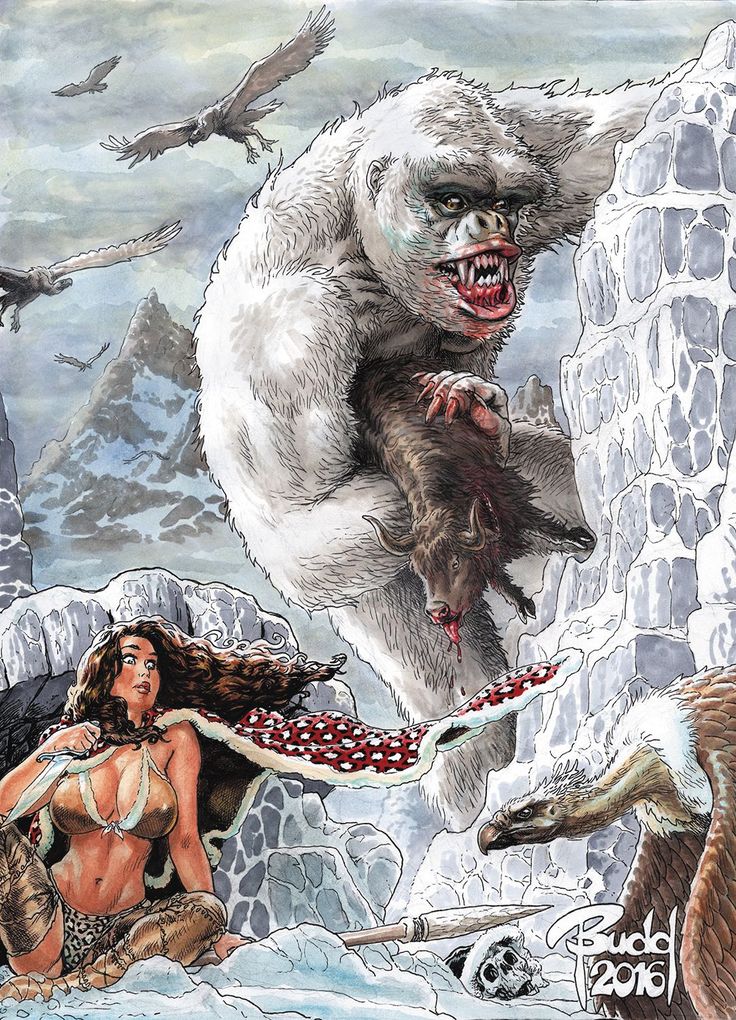 The Nyingmapa Dzogchen masters Longchenpa (1308-1364) and Mipham Rinpoche (1846-1912) are probably the only ones who believe that the last two wheels are decisive and that it is the synthesis of these two that gives the meaning of Mahayana.
The Nyingmapa Dzogchen masters Longchenpa (1308-1364) and Mipham Rinpoche (1846-1912) are probably the only ones who believe that the last two wheels are decisive and that it is the synthesis of these two that gives the meaning of Mahayana.
The teachings of the second wheel of Dharma begin with a negative approach (in the sense of apophatic), the denial of everything that cannot be Truth and ultimate realization (Buddha nature, Nirvana), while the third wheel of Dharma, on the contrary, ascribes to them: positive qualities. Two examples will suffice. Nagarjuna writes in Root Verses of the Middle Way :
"Without destruction or gain, without anything that is destroyed, nothing that does not stand, without anything that ceases or does not happen, this is what is called Nirvana (25.3)"
Guy Bugo, who translated the previous text, clearly states that "it is a fact that Nagarjuna makes no positive claims in Les stanzas-root de la Voie du Moyen. "
"
While Asanga writes in his Mahayanottaratantra-sastra :
“Buddhahood has two categories of qualities: a) it is uncomplicated, spontaneously accomplished and not caused by external conditions; b) she has knowledge, compassion and power (I.5). "
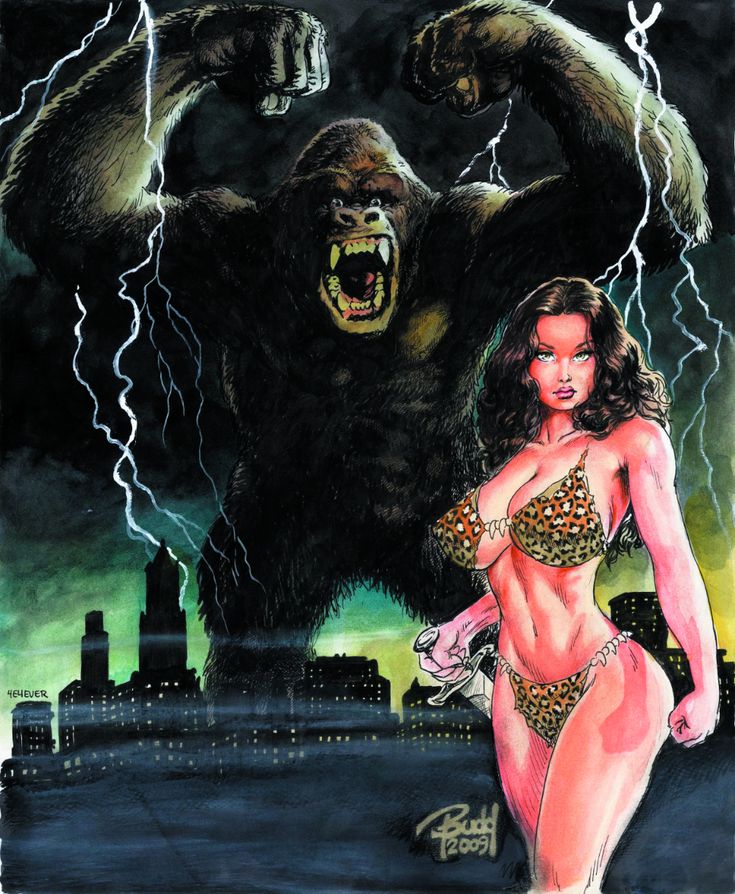 (in) Tokuno, Kyoko, "Assessment of Indigenous Scriptures in Chinese Buddhist Bibliographic Catalogues" in Chinese Buddhist Apocrypha , Robert E. Buswell. University of Hawaii Press, , pp. 31–74: "a perfect synthesis of the entire four hundred year development of the Chinese regular form of the canon."
(in) Tokuno, Kyoko, "Assessment of Indigenous Scriptures in Chinese Buddhist Bibliographic Catalogues" in Chinese Buddhist Apocrypha , Robert E. Buswell. University of Hawaii Press, , pp. 31–74: "a perfect synthesis of the entire four hundred year development of the Chinese regular form of the canon." 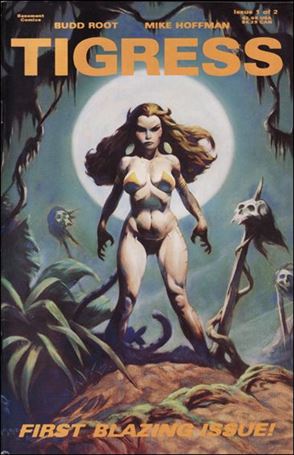 326.
326.
| ||